He spoke seven languages and was never allowed to leave the country.
He’d gone to school in Paris, which made him an enemy of the people.
I’m sorry, but this is the only way I know to tell the story. He had
a family—a wife and daughter—but that is for someone else to tell.
He was a translator during the Cold War. When the big countries
wanted to talk, he would translate their languages.
He loved languages. He loved words. He wanted artistic license,
he wanted to say beautiful things in those beautiful tongues.
But there was nothing he could do, their conversations disintegrating,
and he never changed a word, not intentionally, for 32 years.
By then his daughter had left for school in a foreign country, to study
languages. His wife was working as a doctor in North Africa.
He had the dog, Lily, who ate with him at the table. He served her
on the good china, and she seemed to understand all seven languages.
Then one day, after Lily grew ill and died, it happened.
The diplomat said, “We will not stand for this! We have boats full
of heat-seeking missiles ready to destroy you.” He translated, unwavering,
“We will send boats full of flowers on your country’s birthday.”
The other party looked bewildered, “We can annihilate your half of the world.”
He said, “The mothers in your country are the most beautiful in the world.”
After a few murmurs the diplomats figured it out. It would take more
than language to fix their conversation. They decided he’d gone senile,
retired him at 62. He wasn’t sad to go, but he had nothing
left to do—everything had worked up to that one moment.
Seven months later he died, before the end of the war and before
any end was in sight. I sometimes feel sad he couldn’t see the solution,
but it wasn’t about flowers or mothers anyway, and now a new war’s on,
one he couldn’t translate for. He only knew seven languages.
“The Story of My Father” originally appeared in Harpur Palate and also in Towline (Cloudbank Books 2016)
 Holly Karapetkova’s poetry, prose, and translations from the Bulgarian have appeared recently in Alaska Quarterly Review, Prairie Schooner, Drunken Boat, and many other places. Her second book, Towline, won the Vern Rutsala Poetry Contest and is available from Cloudbank Books. Find her online at karapetkova.com.
Holly Karapetkova’s poetry, prose, and translations from the Bulgarian have appeared recently in Alaska Quarterly Review, Prairie Schooner, Drunken Boat, and many other places. Her second book, Towline, won the Vern Rutsala Poetry Contest and is available from Cloudbank Books. Find her online at karapetkova.com.
Image by Neva Micheva – Own work, CC BY-SA 3.0, https://commons.wikimedia.org/w/index.php?curid=4414258
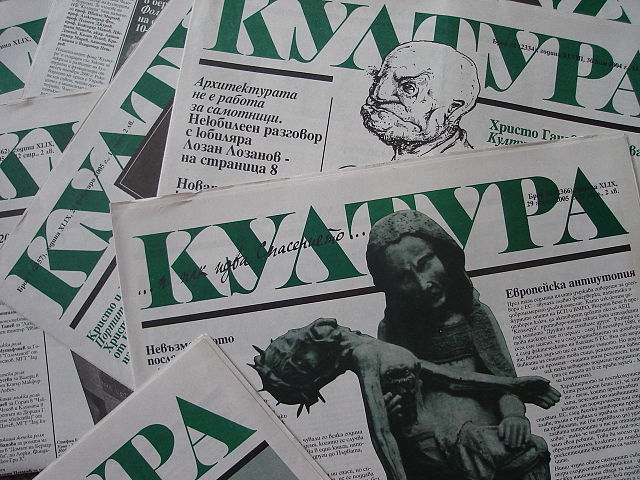
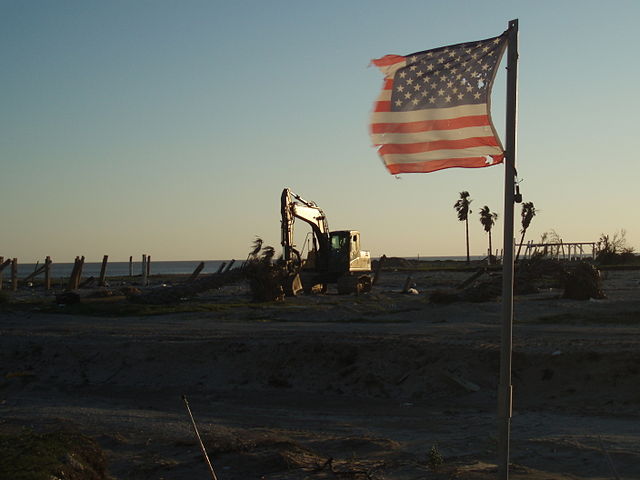
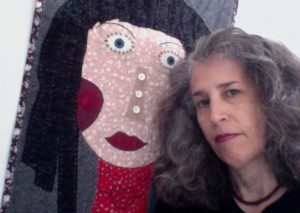 Lucinda Marshall is a writer, artist, and activist. Her recent poetry publications include
Lucinda Marshall is a writer, artist, and activist. Her recent poetry publications include 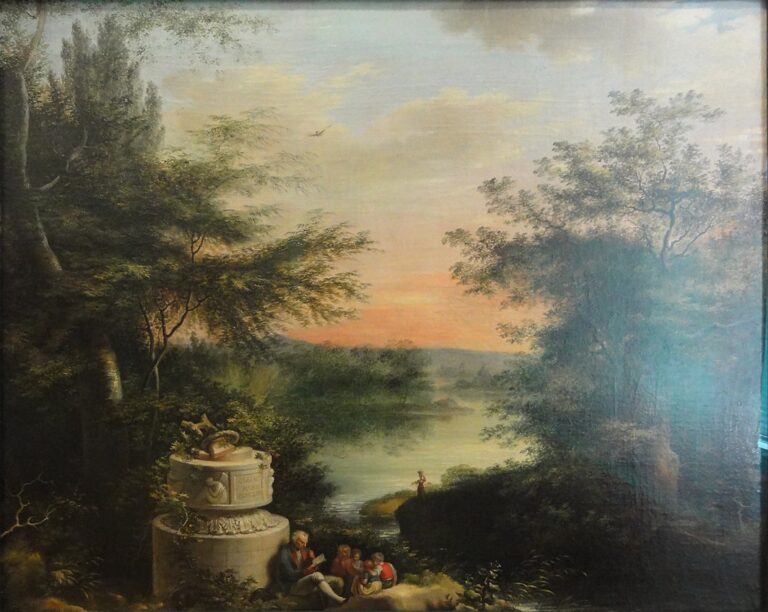
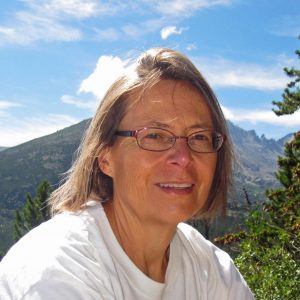 Susan Bucci Mockler has had her poetry published in Poet Lore, The Cortland Review, The Paterson Literary Review, Voices in Italian Americana, and the anthology, My Cruel Invention, among others. Her chapbook, Noisy Souls, was published by Finishing Line Press. She is a poet in the Arlington County school system and teaches writing and literature at a local university. She lives in Arlington, Va.
Susan Bucci Mockler has had her poetry published in Poet Lore, The Cortland Review, The Paterson Literary Review, Voices in Italian Americana, and the anthology, My Cruel Invention, among others. Her chapbook, Noisy Souls, was published by Finishing Line Press. She is a poet in the Arlington County school system and teaches writing and literature at a local university. She lives in Arlington, Va.

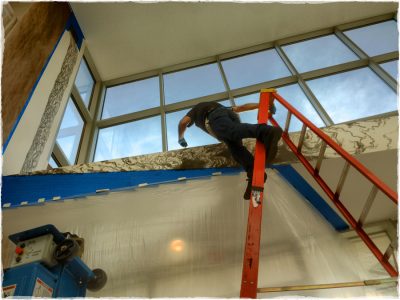

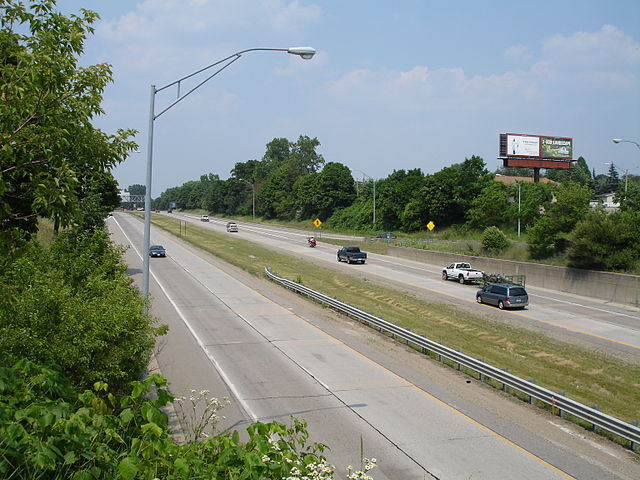
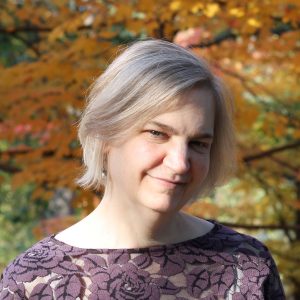 Poet and translator Katherine E. Young is the author of Day of the Border Guards, 2014 Miller Williams Arkansas Poetry Prize finalist, and two chapbooks. Her poems have appeared in Prairie Schooner, The Iowa Review, Subtropics, and many others. Young is also the translator of Two Poems by Inna Kabysh; her translations of Russian and Russophone authors have won prizes in international competitions and been published widely in the U.S. and abroad; several have been made into short films. Young is a 2017 National Endowment for the Arts translation fellow and currently serves as the inaugural poet laureate for Arlington, Virginia.
Poet and translator Katherine E. Young is the author of Day of the Border Guards, 2014 Miller Williams Arkansas Poetry Prize finalist, and two chapbooks. Her poems have appeared in Prairie Schooner, The Iowa Review, Subtropics, and many others. Young is also the translator of Two Poems by Inna Kabysh; her translations of Russian and Russophone authors have won prizes in international competitions and been published widely in the U.S. and abroad; several have been made into short films. Young is a 2017 National Endowment for the Arts translation fellow and currently serves as the inaugural poet laureate for Arlington, Virginia.